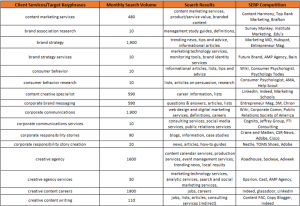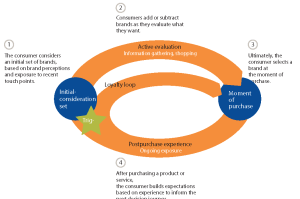Feedback. We dread it. We fear it. While conceptually we all understand the importance of feedback, just the word feedback can be associated with negative feelings for people on either side of the desk. Managers dread the employee’s reaction in response to their feedback. Employees fear feedback because criticism can feel like an assault to their personal character.
The good news is that managers can alter how their feedback is perceived by changing how they deliver it. Below we list some of the elements that make feedback effective.
1) Effective feedback is constructive.
“Constructive feedback is always good feedback.” – Jarred Thomas, Iota Consultants
Constructive feedback means that the feedback is action-based and forward-looking. As flattering as ‘you’re smart’ might sound, it is not actionable. People can’t repeat or correct traits (intelligence in this example). Instead, feedback should be focused on behaviors which can be repeated or corrected. Focusing on behaviors becomes even more critical with negative or corrective feedback. Negative feedback without actionable steps can leave employees feeling disengaged and fearing what will happen in their next feedback conversation. Feedback always has to be actionable.
Constructive feedback is also forward-looking. Many employees know when they are not performing up to standards – they just don’t know how to improve or they are just too afraid to ask. Research shows that forward-looking feedback, not backward-looking, can improve employee performance by as much as 13%.
2) Effective feedback should be continuous and in real-time.
“Learners need endless feedback more than they need endless teaching.” – Grant Wiggins, ASCD Inservice
Giving feedback once-a-year will not develop or motivate employees. Feedback is an opportunity for employees to learn and improve in the moment. A basketball coach does not sit quietly until the end of a game when players are underperforming. The coach gives feedback as the team plays. Managers should too. If managers observe good or bad behavior, they should address it. Consistent communication is the key to high employee engagement. It also helps reduce the common unconscious biases in performance reviews.
3) Effective feedback is direct and kind.
“Giving honest and well-intended feedback is often confused with being mean. It’s not mean; it’s nice.” – Robert T. Kiyosaki, Rich Global LLC
If an individual on the team is exhibiting poor performance, this needs to be directly communicated to the individual. Managers don’t want to hurt someone’s feelings, so some managers may err on the side of ‘being nice’. However, by not addressing performance issues, the manager is doing the opposite of his original intention – not addressing performance issues will do more harm than good in regards to an employee’s professional development, career advancement, and compensation. Most employees want more feedback. One survey found that employees prefer corrective feedback over purely praise and recognition. They actually want feedback that helps them grow.
Effective feedback is the key to motivating and developing employees, and it’s the key to developing high-performing teams. Feedback is one of the most important tools in a manager’s toolbox; it’s time they start using that“f” word more effectively and more often.
Business & Finance Articles on Business 2 Community
(48)








